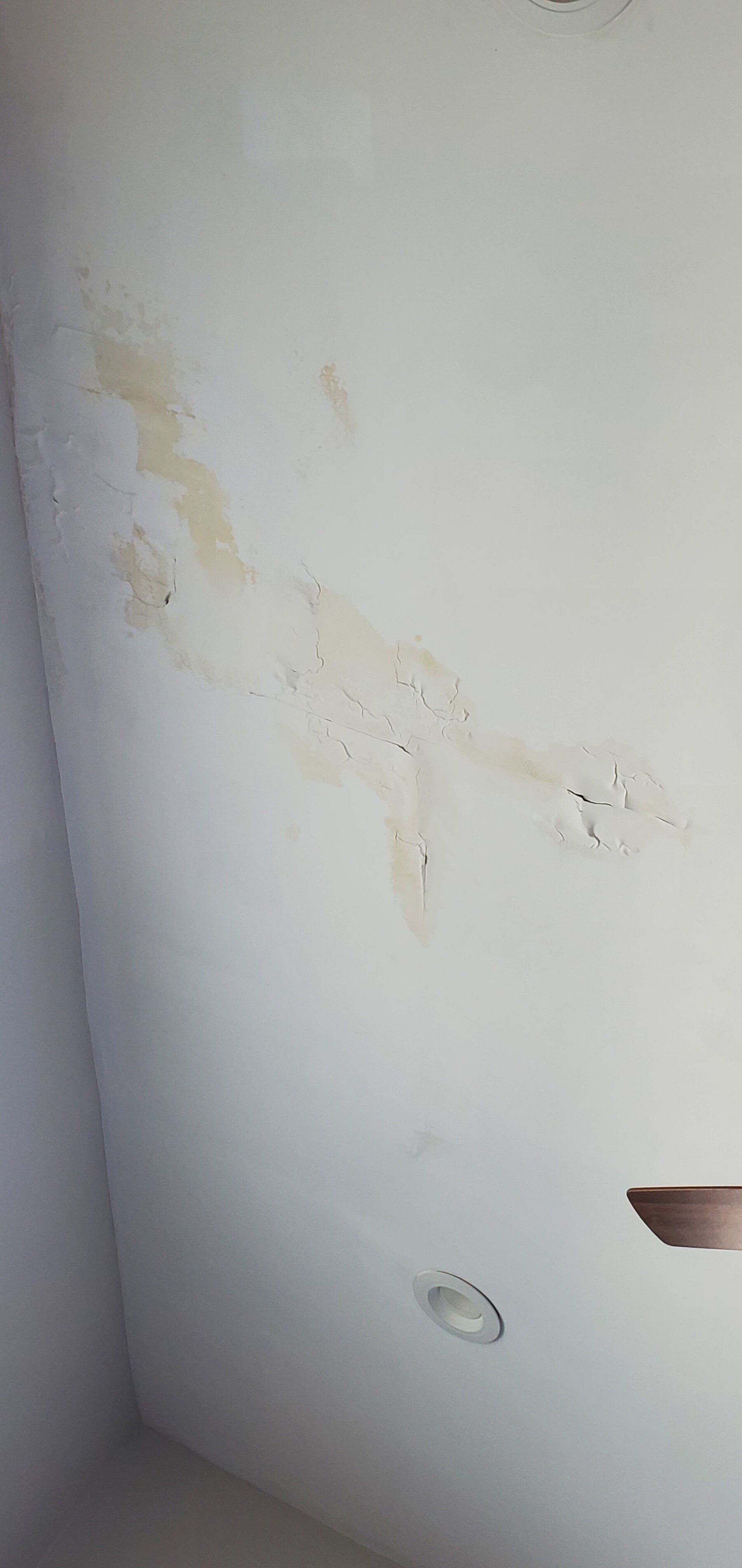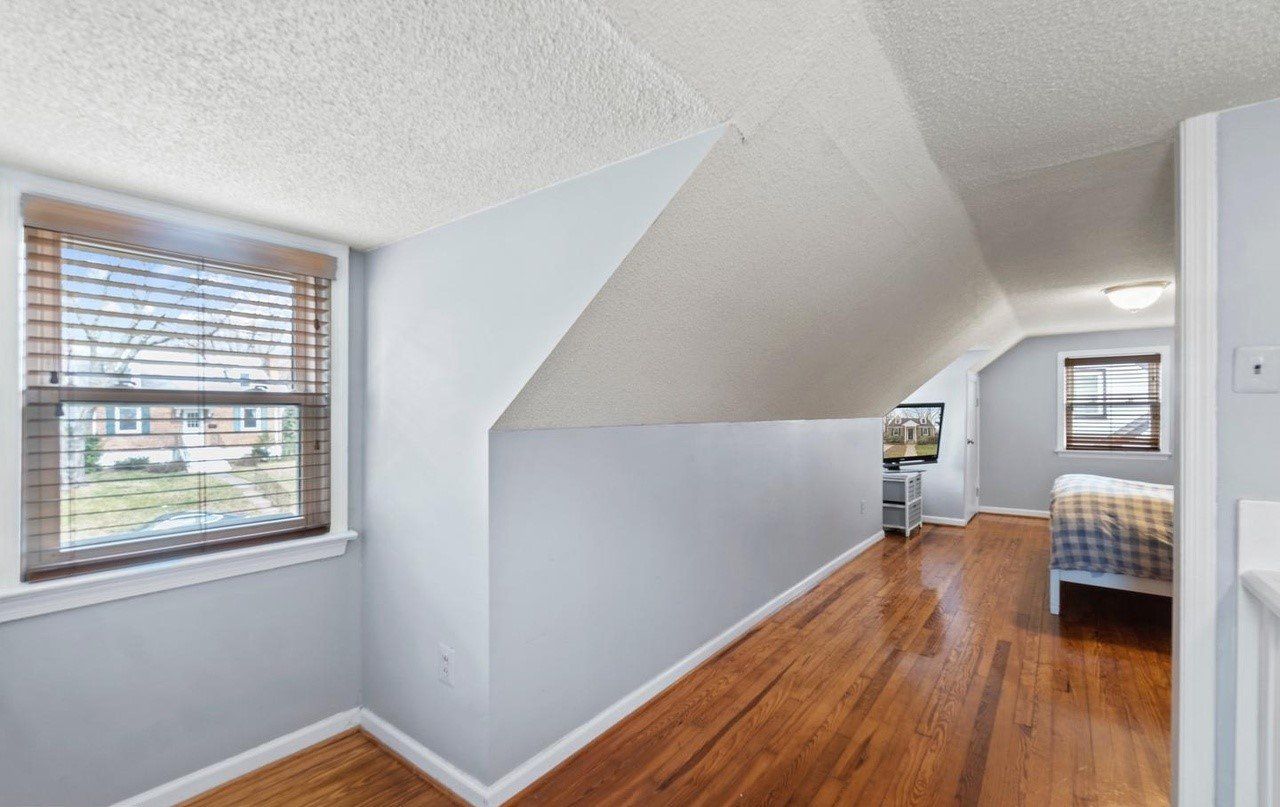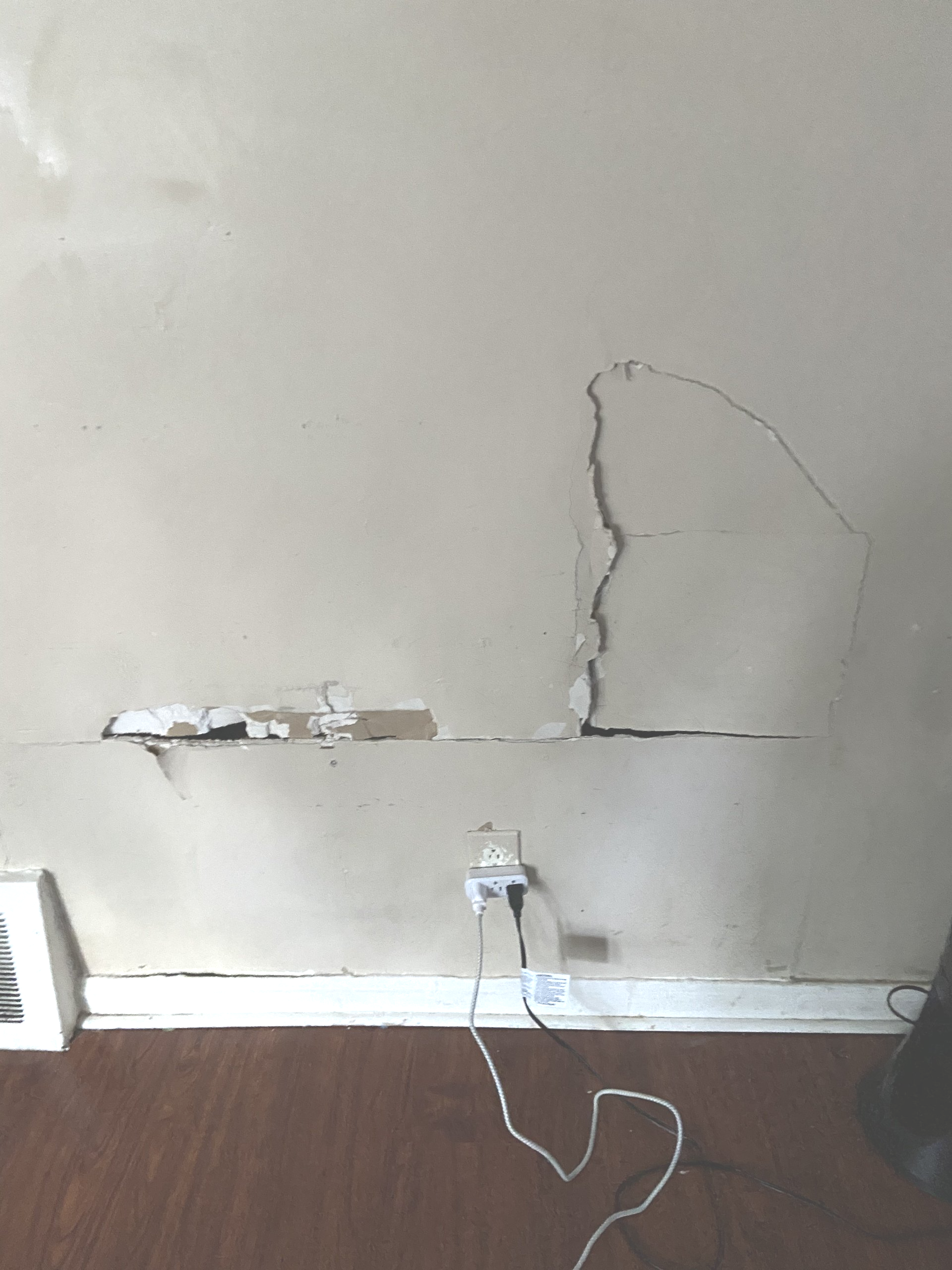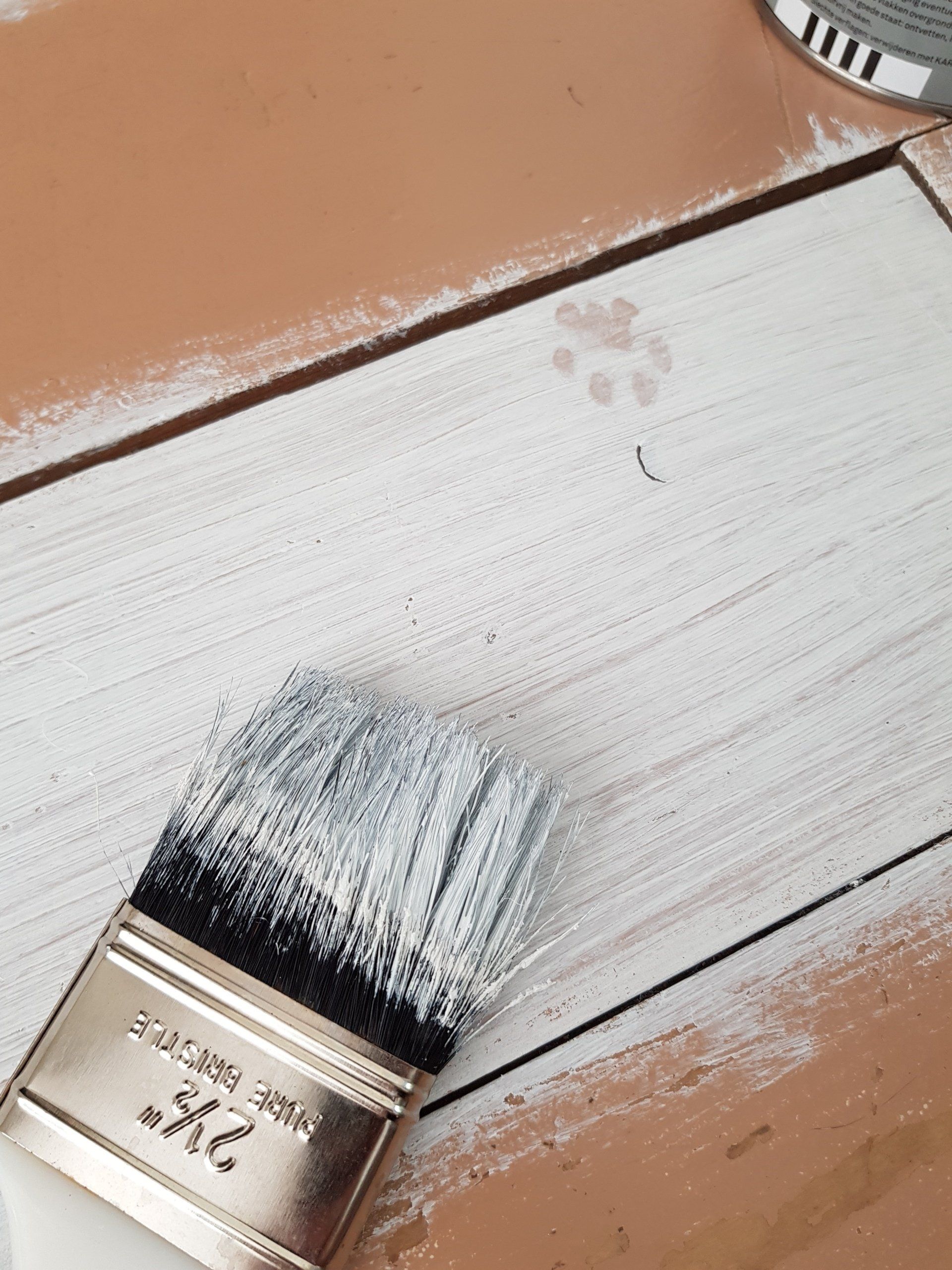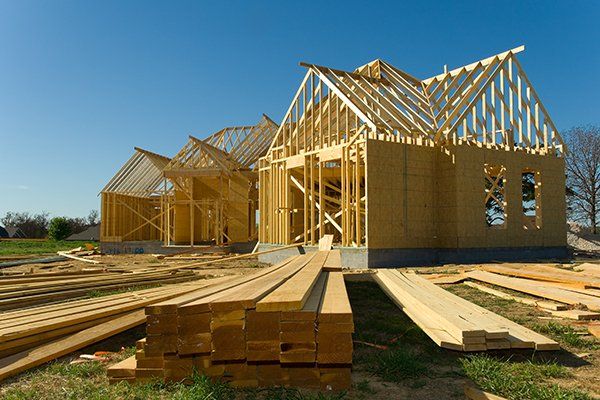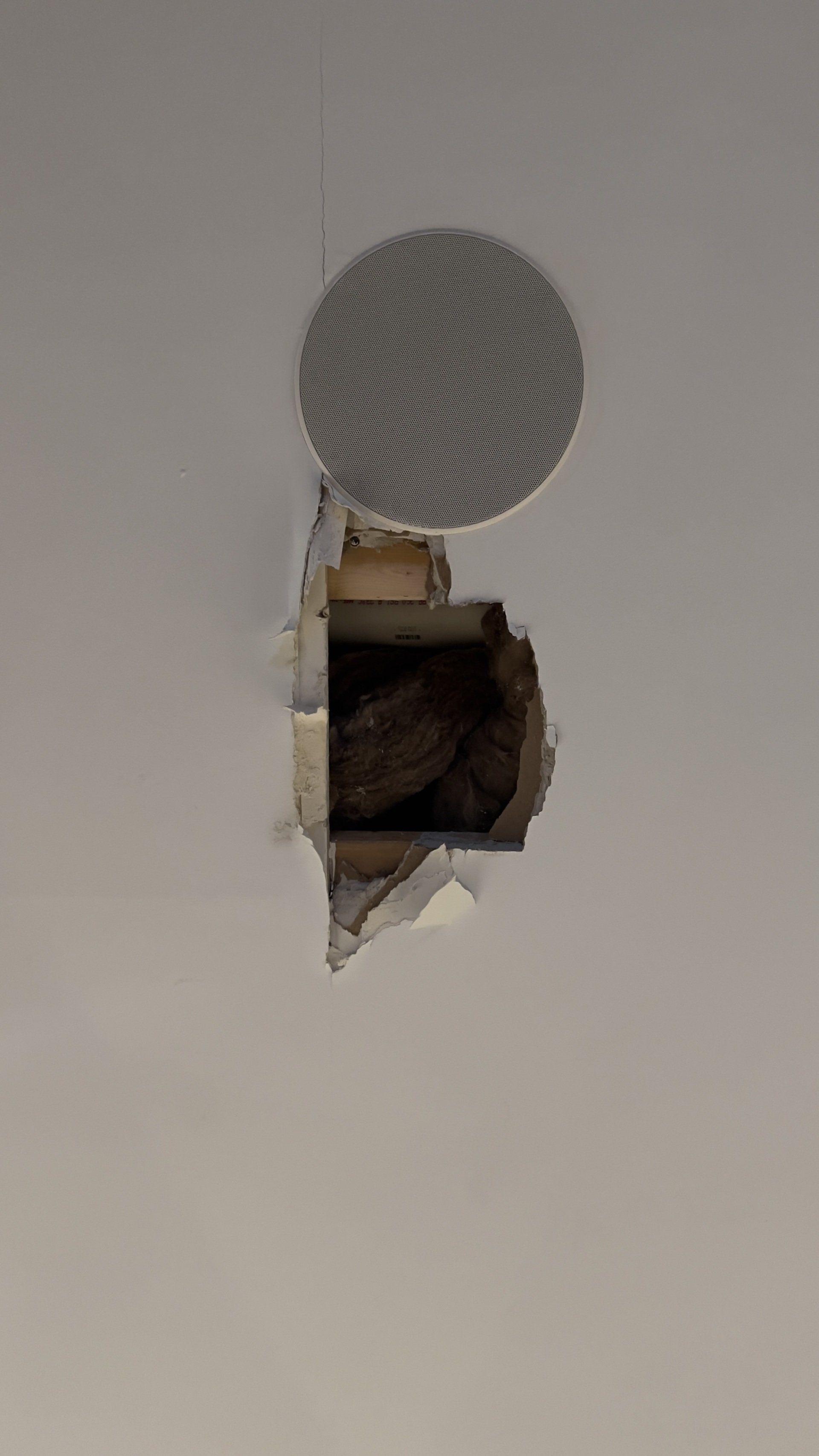Repairs, Costs for Drywall Water Damage
Understanding Drywall Water Damage
Water damage is an unfortunate and often unexpected occurrence that can wreak havoc on your home. One of the most common areas affected by water damage is your drywall. Whether it's from a leaky roof, burst pipe, or flooding, drywall water damage can be a real headache. In this blog post, we'll explore drywall water damage, its repair options, associated costs, and how to find the right professionals for the job.
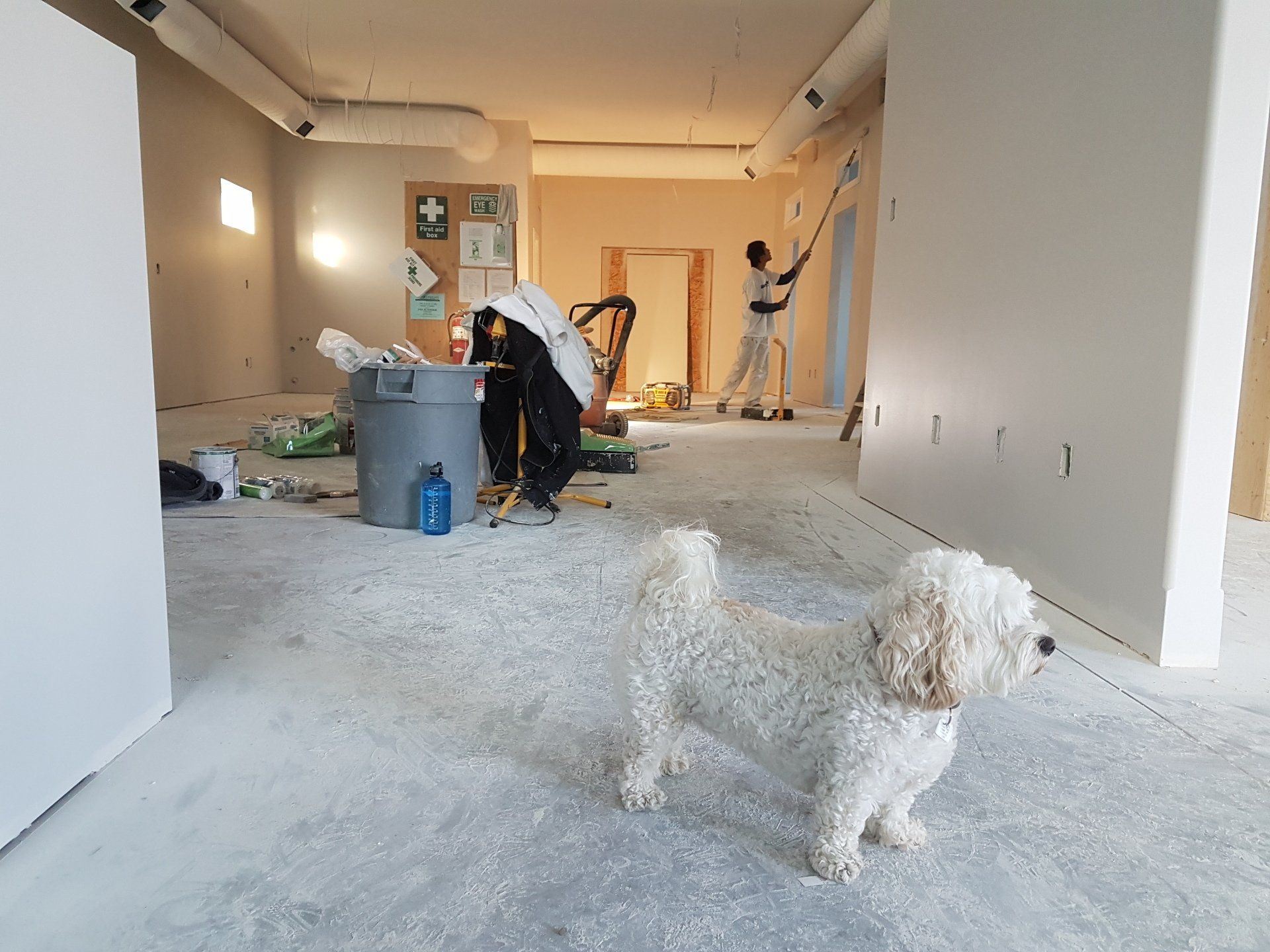
Water damage to drywall is a pervasive issue that homeowners face, often manifesting in the ceiling and walls as a result of a roof leak. The complexity of addressing this damage can vary widely, influenced by factors such as the size of the affected area (measured in square feet), the specific location (whether it's a ceiling or wall), and the source of the leak, whether it's from the roof, plumbing, or poorly installed gutters.
Identifying the Source
The first step in addressing drywall water damage is identifying the source of the water leak. Common culprits include roof leaks, compromised gutters, or plumbing issues. Roof leaks, in particular, can be insidious, as water may travel along roof joists or other structural elements before manifesting as a visible leak in the ceiling, making it crucial to inspect the roof and attic space.
Assessing the Damage
Once the source of the leak has been identified and addressed, the next step is to assess the extent of the damage. This involves examining the drywall for signs of moisture, such as stains, mold, soft spots, cracks, or holes. In cases where the leak has compromised the structural integrity of the ceiling or walls, a closer inspection of the joists and lath may be necessary, as water damage can weaken these structural components over time.
Estimating the Costs
The average cost of repairing drywall water damage can vary significantly, depending on the extent of the damage and the price of labor and materials in your region. As a rule of thumb, the cost is often calculated per square foot, with additional expenses for replacing damaged insulation, mold remediation, and refinishing the affected area with joint compound, paint, or texture to match the surrounding surfaces.
When facing water damage, obtaining an accurate estimate per square foot is crucial for budgeting the repair of a ceiling, especially when concerns like asbestos are present. Addressing every crack and hole promptly can prevent further deterioration, ensuring the structural integrity and safety of your home.
One of the key factors influencing the cost is whether the damage contains asbestos, particularly in older homes. Asbestos remediation can significantly increase the overall cost due to the specialized equipment and safety measures required.
The Repair Process
The repair process typically involves removing the damaged drywall, treating or replacing any affected framing or insulation, and then installing new drywall. This is followed by taping, applying joint compound, and sanding to create a smooth surface. A plumber may be involved if the leak originated from faulty plumbing, while a roofer would address any issues related to gutters or the roof itself.
After the structural repairs are completed, a painter would be required to apply primer and paint to the new drywall, ensuring that the repair blends seamlessly with the existing decor. Throughout this process, the use of specialized equipment, such as dehumidifiers and fans, may be necessary to thoroughly dry the area and prevent the growth of mold, which can pose serious health risks and lead to further damage if not properly addressed.
Prevention and Maintenance
To prevent future water damage, homeowners should conduct regular maintenance checks on their roof, gutters, and plumbing systems, ensuring that any potential issues are identified and addressed promptly. Regular inspections can help identify small leaks before they become significant problems, potentially saving thousands of dollars in repair costs.
Drywall, also known as gypsum board or sheetrock, is a commonly used building material for interior walls and ceilings. When exposed to water, drywall can become compromised, leading to a host of issues:
- Mold and Mildew Growth: Moisture in drywall can provide an ideal breeding ground for mold and mildew, which can lead to health problems and structural damage.
- Structural Weakness: Over time, water-damaged drywall can weaken and lose its structural integrity, posing a safety hazard.
- Aesthetic Damage: Water stains, peeling paint, and sagging ceilings are all unsightly consequences of drywall water damage.
Drywall Water Damage Repair
Repairing drywall water damage is crucial to maintaining the structural integrity and aesthetics of your home. Depending on the extent of the damage, you have a few options:
- Patch and Paint: Minor water damage can often be repaired by cutting out the damaged portion of drywall, patching it with new material, and repainting the area.
- Replace Ceiling Drywall: For more severe damage, such as sagging or crumbling ceiling drywall, it's often necessary to replace the entire affected section.
- Professional Help: In many cases, it's best to hire experienced contractors who specialize in drywall water damage repair. They have the expertise and tools to assess the damage accurately and provide a long-lasting solution.
Costs of Drywall Water Damage Repair
The cost of repairing drywall water damage can vary widely depending on several factors, including:
- Extent of Damage: The more extensive the damage, the higher the repair cost. Simple patches will be less expensive than replacing entire sections.
- Materials: The type and quality of drywall and paint used for repairs can affect the cost.
- Labor: Labor costs depend on the complexity of the job and the rates of the contractors you hire.
- Location: Repair costs can vary by region, with urban areas generally having higher labor rates.
- Insurance: If you have homeowner's insurance that covers water damage, some of the repair costs may be covered.
Finding Drywall Water Damage Repair Contractors
When searching for professionals to repair drywall water damage, consider these tips:
- Ask for Recommendations: Seek recommendations from friends, family, or neighbors who have had similar repairs done.
- Online Reviews: Check online review platforms like Yelp or Google for customer feedback on local contractors.
- Get Multiple Quotes: Obtain quotes from multiple contractors to compare prices and services.
- Verify Licensing and Insurance: Ensure that the contractors are licensed and insured to protect yourself in case of accidents or subpar work.
Drywall water damage is a common issue that can affect the integrity and appearance of your home. While minor damage can often be addressed with DIY solutions, it's crucial to consult professionals for extensive repairs. The cost of repair can vary, so it's essential to get multiple quotes and consider your options. By taking the right steps, you can restore your home to its former glory and prevent further damage.
The costs associated with repairing drywall water damage are influenced by a myriad of factors, from the extent and location of the damage to the specific requirements of the repair process, including mold remediation and asbestos removal. A comprehensive approach, involving a thorough assessment and addressing the root cause of the leak, is essential for restoring the damaged area to its original condition and preventing future issues. By understanding the complexities involved in repairing water-damaged drywall, homeowners can better prepare for the associated costs and take proactive steps to protect their homes from further damage.
Conclusion
Beyond the immediate steps of repair, homeowners should also consider the long-term implications of water damage on their property's value and structural integrity. Engaging with reputable professionals for the repair work, from plumbers to painters and drywall specialists, ensures not only that the visible signs of damage are expertly addressed but also that any hidden issues, such as weakened joists or lingering moisture, are thoroughly resolved. Investing in quality repairs and regular maintenance checks can significantly mitigate the risk of future water leaks, safeguarding against the recurrence of such issues. Ultimately, proactive and informed management of water damage repairs not only restores the beauty and functionality of your home but also enhances its resilience against potential water-related challenges in the future.
This placement reinforces the message of the entire piece, providing a strong closing statement that leaves the reader with actionable insights and a clear understanding of the importance of professional intervention and maintenance in water damage repairs.
Ready to work with Fort Worth Drywall Contractor Services?
Let's connect! We’re here to help.
Send us a message and we’ll be in touch.
Or give us a call today at 111-222-3333

